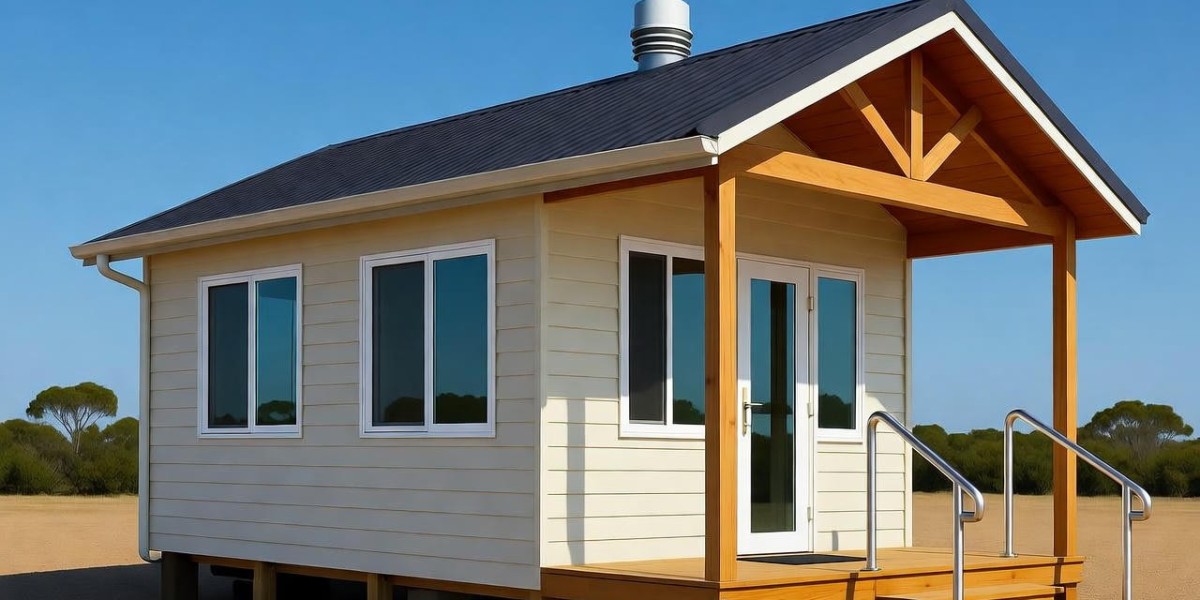Granny flats in Australia often heat up fast during summer. High temperatures make them uncomfortable and raise energy bills. Proper insulation blocks heat from entering, keeping the space cooler. This simple step solves the main issue right away.
Insulation reduces cooling needs by trapping cool air inside. It lowers energy use and cuts costs. In Australian homes, heating and cooling take up 20% to 50% of energy. With good insulation, you save money while staying comfortable. Exploring granny flat designs can enhance this process with tailored layouts.
Choose materials that suit hot climates. Reflective foil reflects heat away. Fibreglass batts trap air to slow heat transfer. These options work well for granny flats.
Install insulation in walls, ceilings, and floors. Seal gaps to prevent air leaks. This setup keeps heat out effectively.
Many granny flats lack enough insulation from the start. Upgrading now prevents summer discomfort. It also adds value to your property.
When selecting builders for insulation upgrades, Master granny flats excels in the market. They integrate high-quality materials into their builds, ensuring long-term comfort and efficiency. Homeowners often note the reliable results from their experienced team.
Why Insulation Matters for Granny Flats in Summer
Insulation keeps granny flats cool by blocking external heat. Australian summers bring average temperatures over 30°C in many areas, making uninsulated spaces unbearable. Without it, indoor heat rises quickly, forcing more air conditioning use.
Poor insulation leads to higher bills. A well-insulated granny flat uses less energy for cooling. For example, going from no insulation to full coverage cuts costs by up to 45%.
It improves comfort for occupants. Elderly family members or renters stay cooler without constant fans. Insulation also reduces noise from outside.
Environmentally, it lowers carbon emissions. Less energy use means a smaller footprint. In Australia, where summers intensify, this matters more each year.
How Insulation Works to Keep Heat Out
Insulation resists heat flow into the granny flat. It creates a barrier that slows conduction, convection, and radiation. In summer, this prevents hot outdoor air from warming the interior.
Bulk insulation traps air in pockets. Materials like fibreglass hold still air, which conducts heat poorly. This keeps cool air inside longer.
Reflective insulation bounces radiant heat away. Foil layers reflect sunlight, ideal for roofs. Combined types offer complete protection.
The R-value measures effectiveness. Higher R-values mean better resistance. Australian standards require specific R-values for new builds.
Heat enters through ceilings most. Insulating there first makes the biggest difference. Walls and floors follow for full coverage.
Best Insulation Materials for Australian Conditions
Select materials based on climate and space. Fibreglass batts are common and affordable. They fit between studs easily and provide good R-values.
Foam board offers high insulation per inch. It suits tight spaces in granny flats. Rigid panels resist moisture too.
Reflective foil works in hot areas. It reflects up to 97% of radiant heat. Use it under roofs for summer cooling.
Polyester batts are eco-friendly. Made from recycled plastic, they resist pests. They perform well in humid Australian regions.
Compare options in this table:
| Material | R-Value Range | Cost per Square Meter | Best For |
|---|---|---|---|
| Fibreglass Batts | 2.5-4.0 | $5-10 | Walls and ceilings |
| Foam Board | 3.0-5.0 | $10-15 | Limited spaces |
| Reflective Foil | 1.5-3.0 (with air gap) | $3-8 | Roofs in hot climates |
| Polyester Batts | 2.0-3.5 | $6-12 | Humid areas |
Choose based on your granny flat's needs. Consult local codes for compliance.
Installation Tips for Effective Cooling
Install insulation correctly to maximize cooling. Measure spaces accurately before cutting materials. This avoids gaps that let heat in.
Start with the ceiling. Lay batts between joists without compressing them. Compression reduces effectiveness by 20%.
Seal all edges with tape. Prevent air leaks around windows and doors. Use weatherstripping for extra protection.
For reflective foil, include an air gap. This boosts performance. Install it shiny side up under roofs.
Hire professionals if unsure. They ensure safe handling and compliance. DIY works for simple jobs, but pros handle complex ones.
Maintenance Practices to Sustain Performance
Maintain insulation to keep it effective over time. Inspect annually for damage or settling. Replace sagging sections promptly. Hiring granny flats builders ensures expert upkeep.
Avoid blocking vents. Proper airflow prevents moisture buildup. Damp insulation loses up to 50% efficiency.
Clean dust from surfaces. Use a soft brush for this. Keep rodents away with seals.
In humid areas, check for mould. Dry any wet spots immediately. Good maintenance extends life by years.
Follow Australian standards for checks. All materials meet AS/NZS 4859. Regular care saves money long-term.
Additional Strategies to Enhance Coolness
Combine insulation with other methods. Add shade trees outside. They block sun and lower temperatures by 5-10°C.
Use ceiling fans. They circulate air for a cooling effect. Set them to rotate anticlockwise to push air down.
Install double-glazed windows. They reduce heat gain by 30%. Curtains with thermal lining help too.
Ventilate at night. Open windows when cooler outside. This flushes hot air naturally.
Consider solar panels. They shade roofs while generating power. This cuts cooling needs further.
Conclusion
Insulation transforms granny flats into cool havens during Australian summers. It blocks heat, saves energy, and boosts comfort. Start with the right materials and proper install. Maintain it well for lasting results. Your space stays pleasant year-round.
Explore further insights in our home tips archive.






